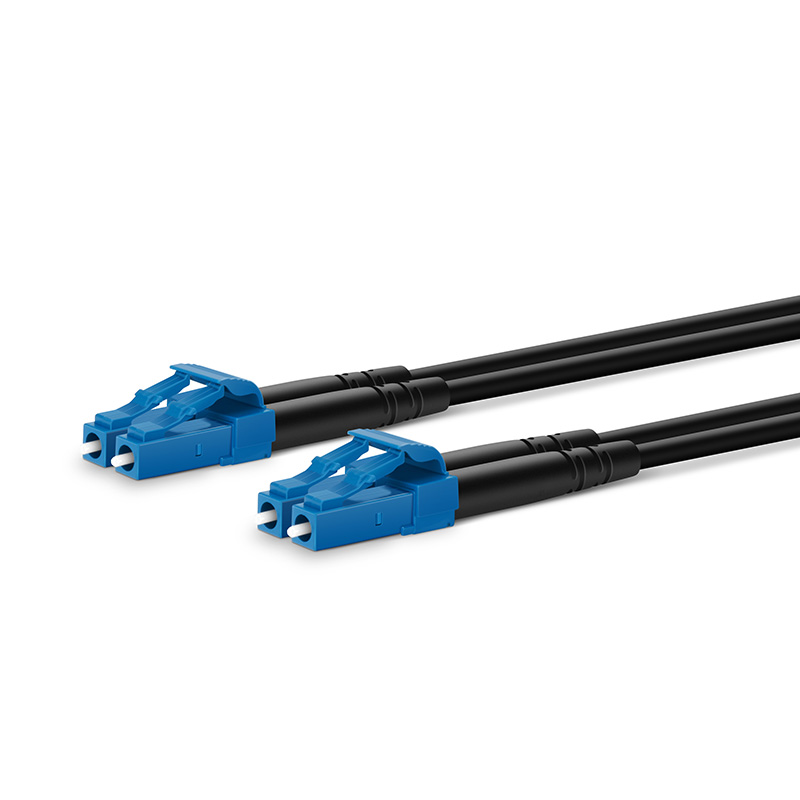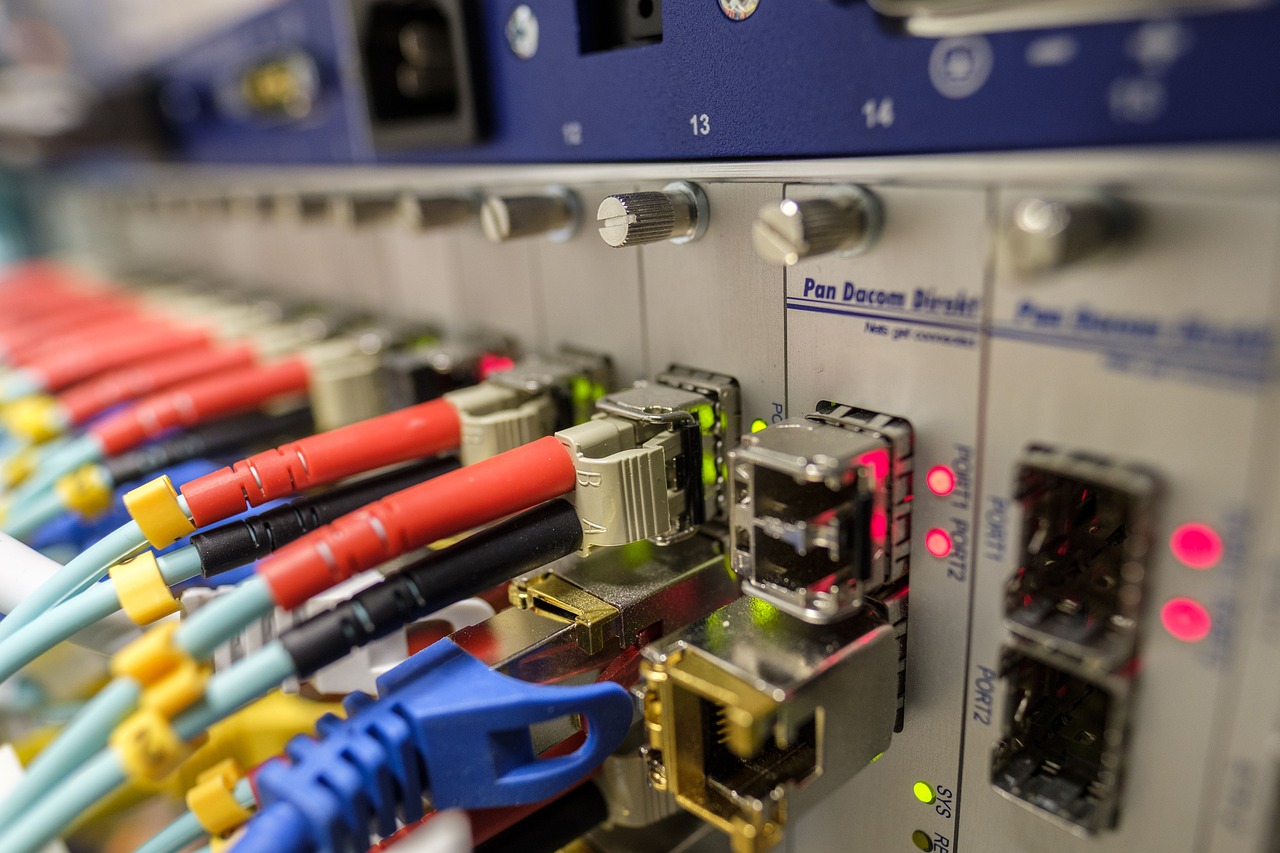Why LC UPC to LC UPC Duplex OS2 Single Mode Fiber Optic Patch Cables Are Ideal for Industrial Use

Grab Your Attention: Why Fiber Optics Matter
Fiber optics have revolutionized the way data is transmitted and are crucial for various industries. The Evolution of Fiber Optic Technology has been remarkable, progressing from simple glass threads to becoming lifelines for industrial operations. The development of fibers such as G.657.A2 has significantly enhanced their efficiency and reliability.
Industries rely on fiber optics not just for speed, but also for their unparalleled reliability and efficiency. Unlike traditional copper wires, fiber optics can transmit data over long distances without loss or interference. This makes them ideal for industrial applications where uninterrupted data transmission is essential for operations.
In addition to their speed, fiber optics offer a level of security and stability that is unmatched by other forms of data transmission. Their ability to withstand electromagnetic interference and harsh environmental conditions makes them indispensable in industrial settings.
2. The Superiority of Single Mode LC UPC Cables in Data Transmission
When it comes to data transmission, the choice between Single Mode and Multimode fiber optics is crucial. In this arena, Less Is More rings true, as single mode fibers outperform their multimode counterparts in several key aspects.
Single Mode vs. Multimode: A Clear Winner
The distinction between single mode and multimode fibers lies in their core diameter. Single mode fibers have a much smaller core, allowing only one mode of light to propagate. This results in significantly less dispersion compared to multimode fibers, making them the clear winner in terms of long-distance data transmission. With a core diameter of around 9 microns, single mode fibers ensure that data travels with minimal loss and distortion.
LC UPC: A Connector That Completes the Picture
In the world of fiber optics, connectors play a critical role in ensuring seamless connectivity. The LC UPC connector stands out as a precision-engineered component that complements the superiority of single mode fibers.
Precision That Powers Progress
The LC UPC connector's design is characterized by its precise alignment mechanism, which minimizes signal loss during data transmission. Its unique structure ensures stable and secure connections, vital for industrial applications where uninterrupted data flow is non-negotiable.
3. LC UPC Connectors: Ensuring Secure and Stable Connections
The Role of Connectors in Fiber Optic Systems
In the intricate web of fiber optic systems, connectors serve as the unsung heroes of data transmission. Their primary function is to establish and maintain the seamless flow of data, ensuring that critical information reaches its destination without compromise. Without reliable connectors, the entire network would be vulnerable to disruptions and inefficiencies.
Why LC UPC Connectors Stand Out
A Closer Look at Their Unique Design and Benefits
The LC UPC connectors distinguish themselves through a combination of innovative design and unparalleled benefits. Their compact structure and precise engineering enable them to deliver exceptional performance in industrial settings where secure and stable connections are paramount.
The unique design of LC UPC connectors incorporates a high-precision ceramic ferrule, which ensures optimal alignment for minimal signal loss. This feature is particularly crucial for long-distance data transmission, where even the slightest deviation can lead to significant degradation in signal quality.
Moreover, these connectors boast a push-pull latching mechanism that provides a secure connection while facilitating quick and effortless installations. This attribute is especially advantageous in industrial environments where time is of the essence, allowing for efficient maintenance and upgrades without compromising on stability.
In addition to their technical prowess, LC UPC connectors offer enhanced durability, capable of withstanding demanding conditions prevalent in industrial settings. Their robust construction safeguards against environmental factors such as dust, moisture, and temperature fluctuations, ensuring consistent performance under challenging circumstances.
Furthermore, these connectors are designed to accommodate repeated connections without compromising their integrity or performance. This feature not only contributes to cost-effectiveness but also reinforces their reliability in sustaining uninterrupted data transmission over extended periods.
Make the Switch: Why Your Industry Needs These Cables
In today's rapidly advancing industrial landscape, the transition to fiber optic technology is no longer just an option; it's a necessity. Embracing this innovative approach is crucial for staying ahead in the competitive market and ensuring long-term operational success.
The Future Is Fiber: Don't Get Left Behind
The future of industrial connectivity lies in the seamless integration of fiber optic solutions. As technology continues to evolve at a breakneck pace, traditional data transmission methods are becoming increasingly obsolete. By embracing fiber optics, industries can position themselves at the forefront of innovation, leveraging cutting-edge connectivity solutions to drive efficiency, reliability, and productivity.
How to Start the Transition
Making the switch to fiber-optic infrastructure may seem like a daunting task, but it's a strategic move that promises substantial returns. The first step towards a fiber-optic future involves conducting a comprehensive assessment of existing infrastructure and identifying key areas where armored fiber optic cables can deliver maximum impact.
First Steps Towards a Fiber-Optic Future
Conduct an Infrastructure Audit: Begin by evaluating your current network infrastructure to pinpoint areas where traditional cabling systems may be causing bottlenecks or limitations.
Identify Critical Applications: Determine which industrial operations rely heavily on uninterrupted data transmission and pinpoint where armored fiber optic cables can enhance reliability and performance.
Engage with Fiber Optic Experts: Collaborate with experienced professionals in the field of fiber optics to develop a tailored roadmap for integrating advanced connectivity solutions into your industrial environment.
See Also
Advantages of RoHS-Compliant LC/UPC and SC/UPC Fiber Optic Cables for Single Mode and Multimode Uses
The Superiority of Fiber Optic Cables with LC/UPC Connectors for Singlemode Use
Contrasting LC and Duplex LC Connectors for Fiber Optic Networking
The Importance of Fiber OM4 250um LSZH Indoor Cable in Data Centers


